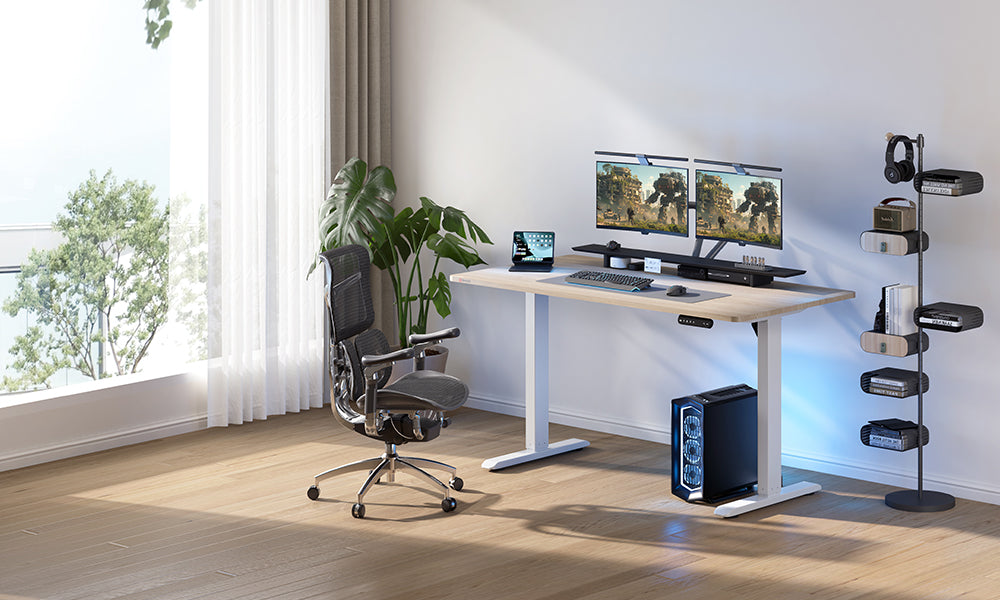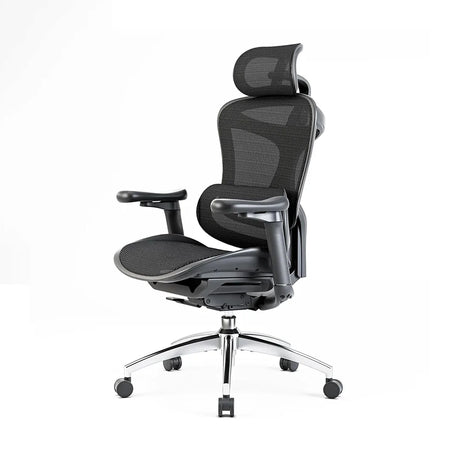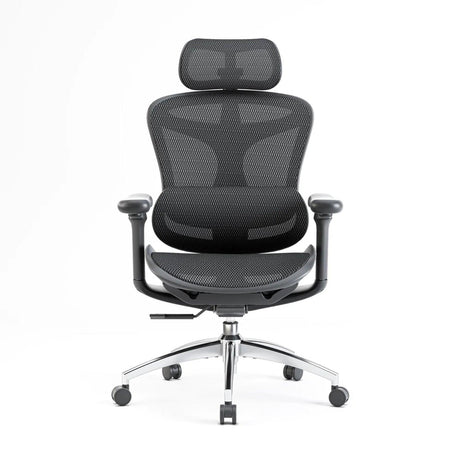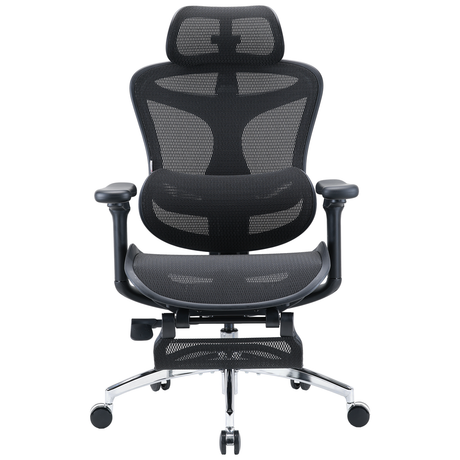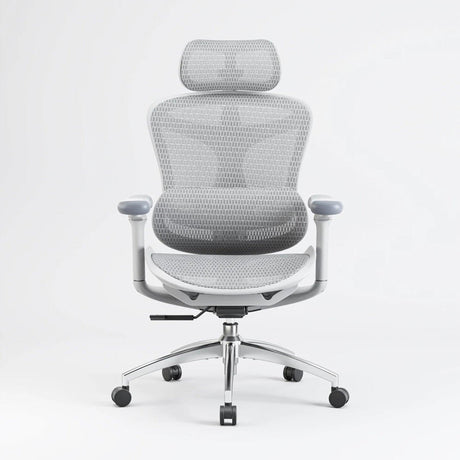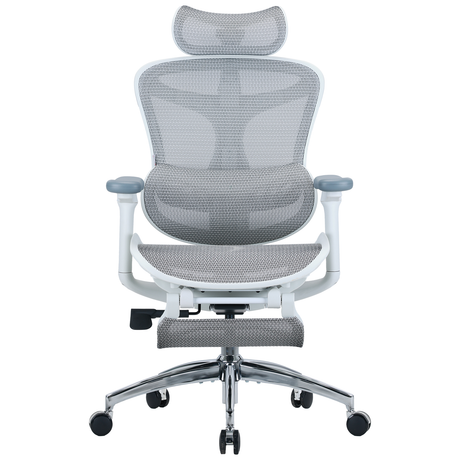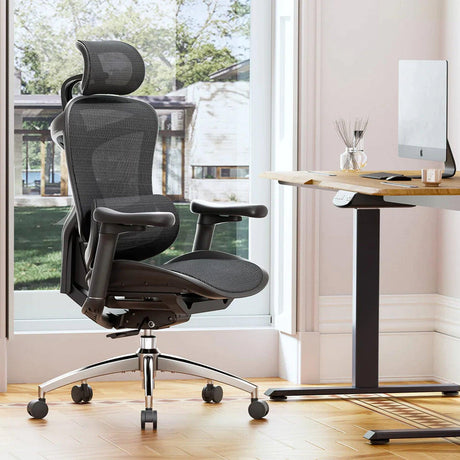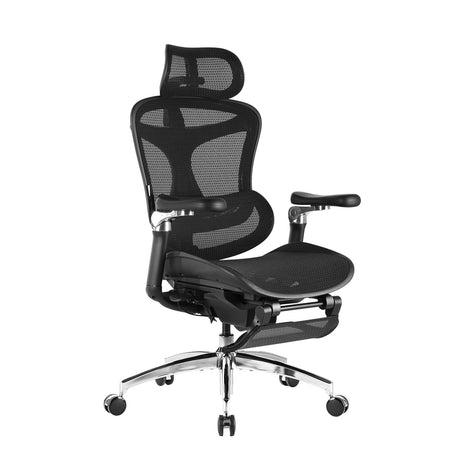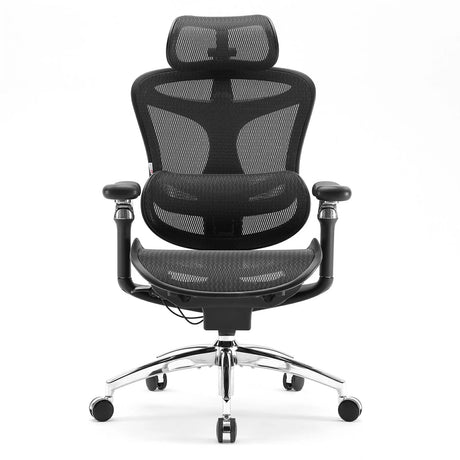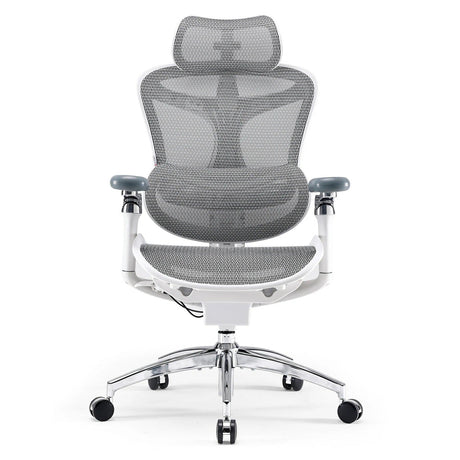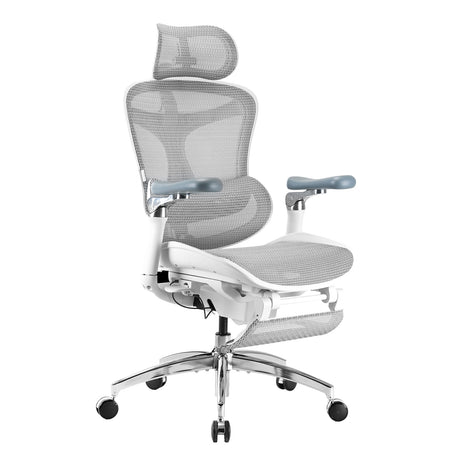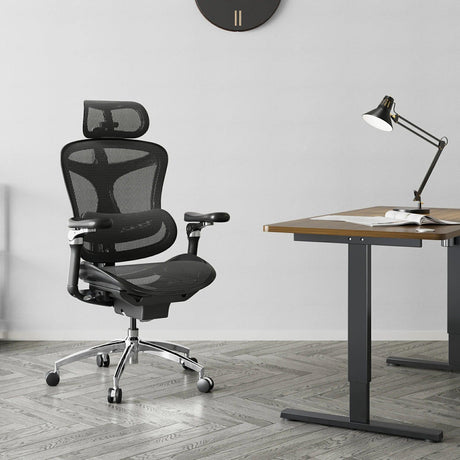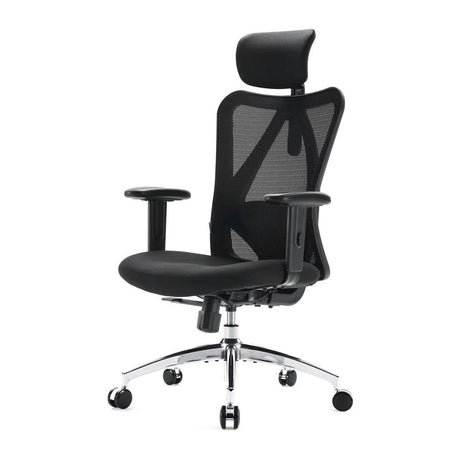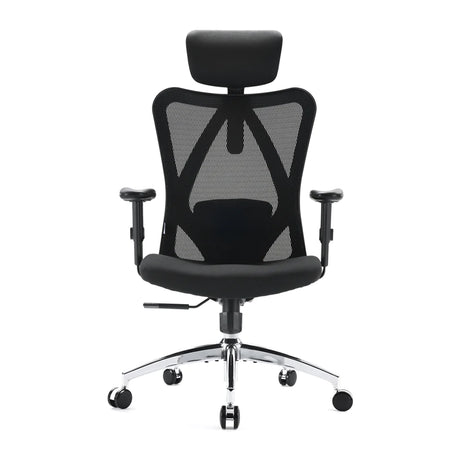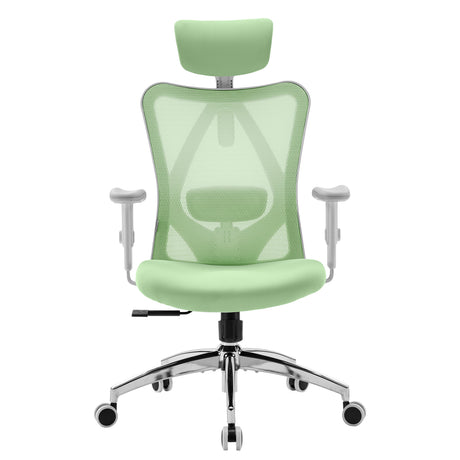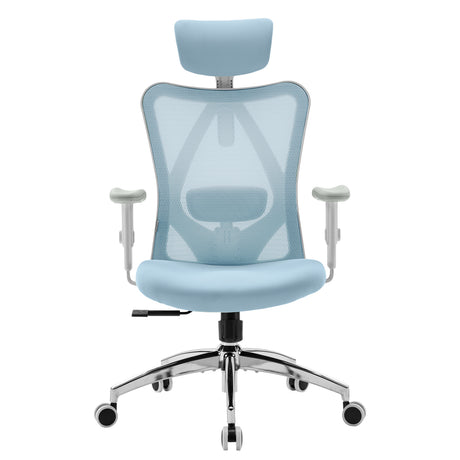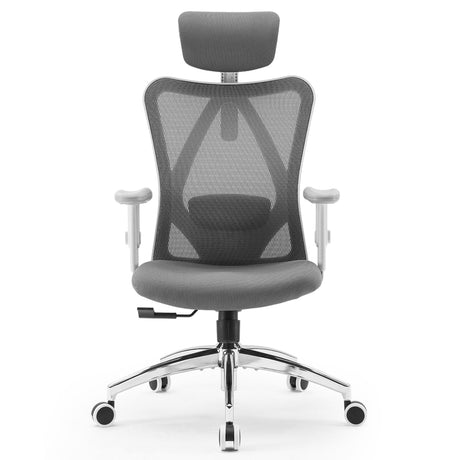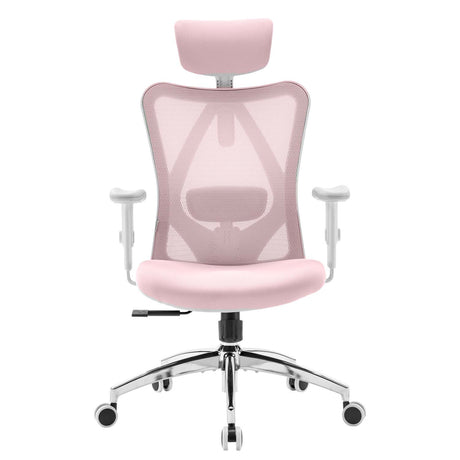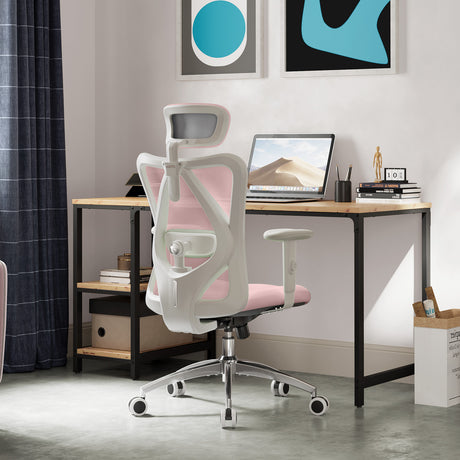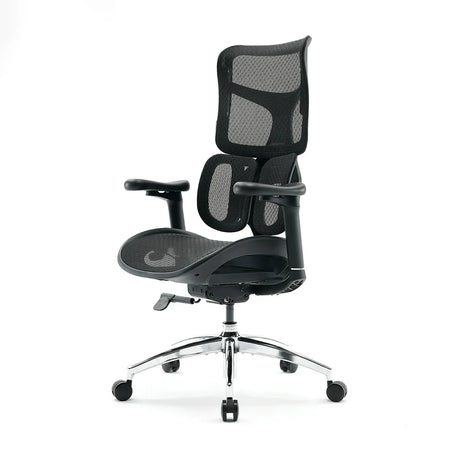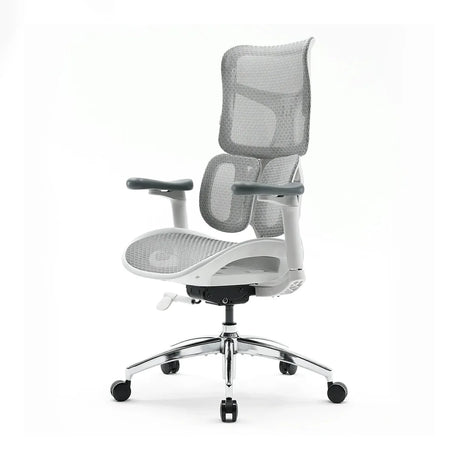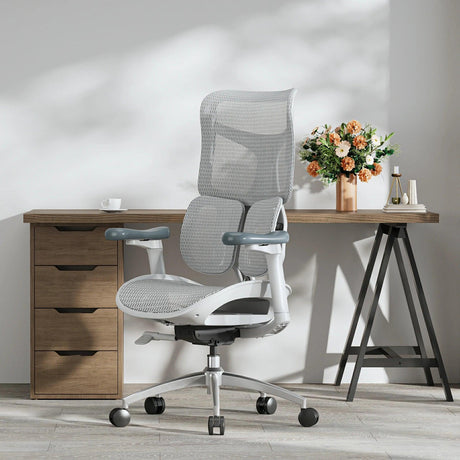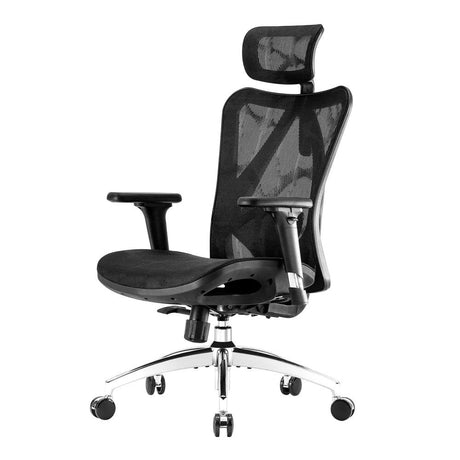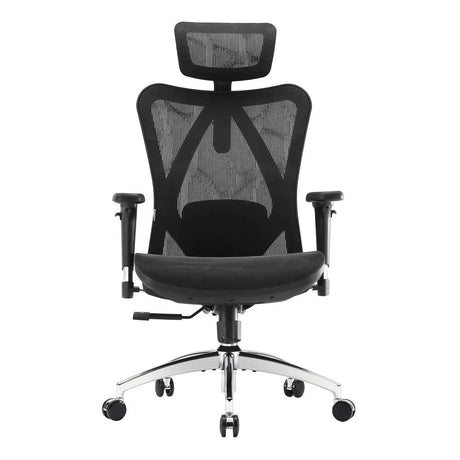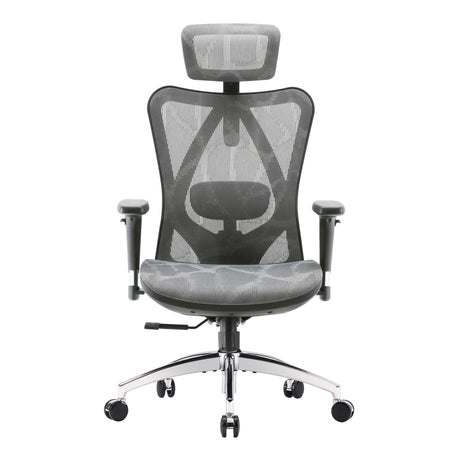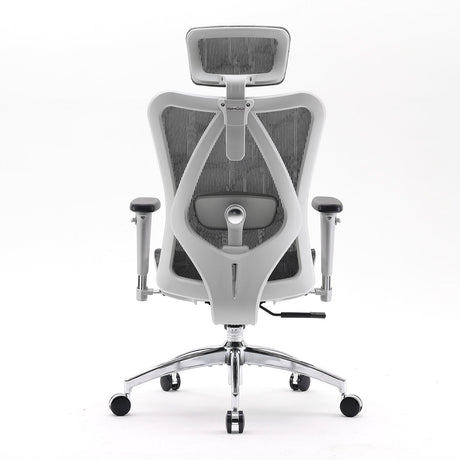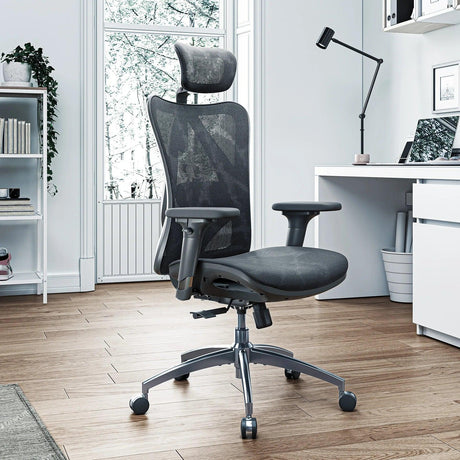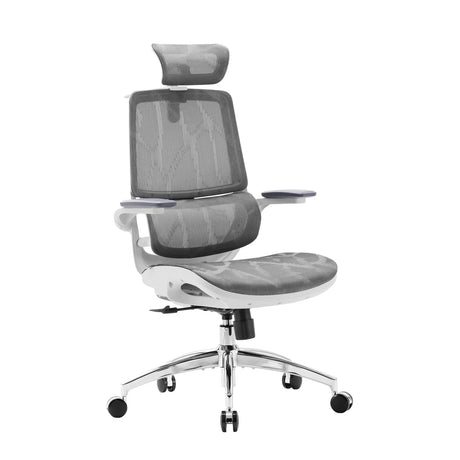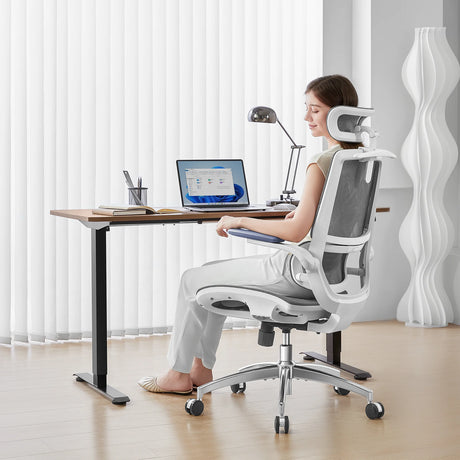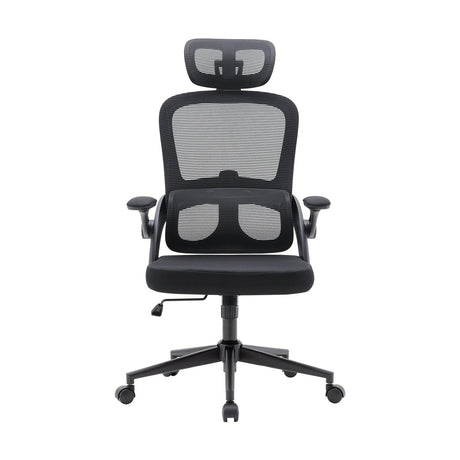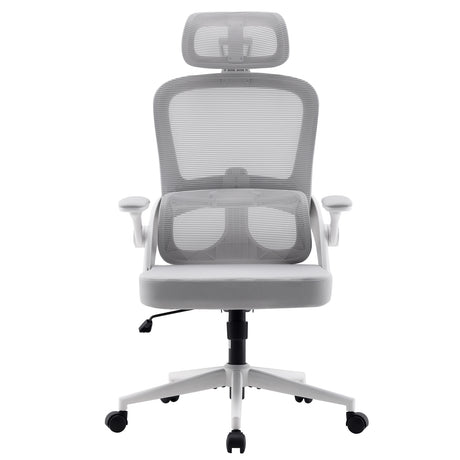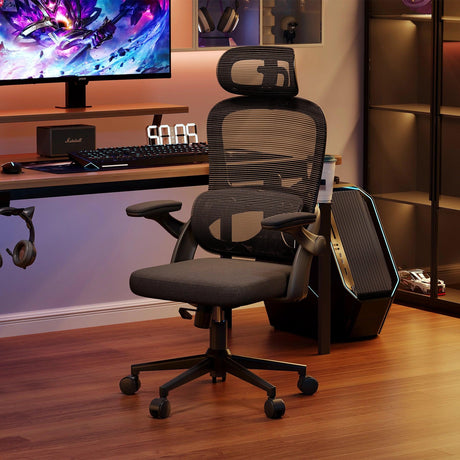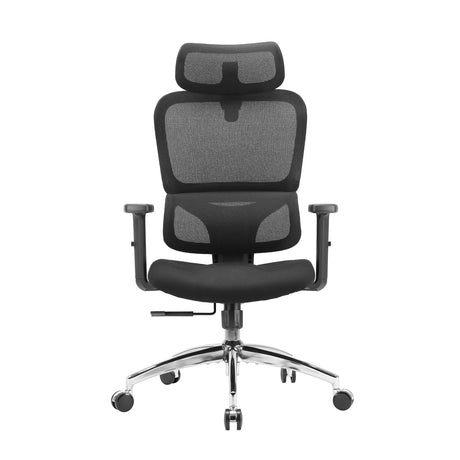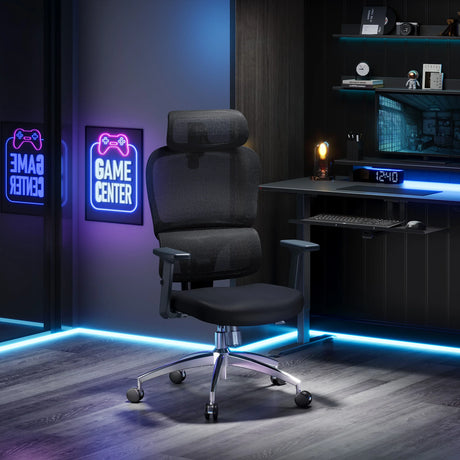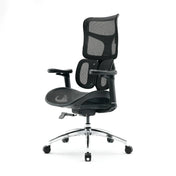The move from traditional seated desks to standing desks promises an opportunity to alleviate discomfort caused by prolonged sitting. However, like any workplace tool, standing desks come with both advantages and challenges when it comes to maintaining a healthy back. So, are standing desks a remedy for back pain, or are they just another trend that’s not all it's cracked up to be?
The Case for Standing Desks: Pros for Back Health
1. Reduced Pressure on the Spine
One of the most immediate benefits of standing over sitting is the reduction in spinal pressure. Sitting for extended periods can place significant pressure on the lower back, which may exacerbate conditions like herniated discs or sciatica. Standing allows your spine to adopt a more neutral position, which can help to prevent or alleviate this kind of discomfort. Studies have shown that standing throughout the day may reduce the chances of experiencing back pain compared to sitting for long hours.
2. Encourages Better Posture
When you stand, it’s easier to maintain better posture than when sitting for long periods. Sitting slouched at a desk encourages poor posture, which strains the muscles and ligaments in your back, shoulders, and neck. In contrast, standing naturally promotes a more aligned posture. As long as you use an ergonomic standing desk and position your workstation properly, you’re more likely to stand with your shoulders back, your neck neutral, and your hips aligned, reducing the risk of developing musculoskeletal issues.
3. Promotes Movement
Standing desks often encourage more movement throughout the day. Unlike sitting, which can lead to stiffness and restricted blood flow, standing encourages subtle shifts in weight and movement, such as leaning from side to side, stretching, or walking around. This movement improves circulation and can help to prevent the back stiffness that occurs when you’re glued to a chair for hours at a time.
4. Improved Core Strength
Standing engages your core muscles, particularly when you use a well-designed standing desk with adjustable height. Over time, this can strengthen your core, which plays a crucial role in supporting the spine and maintaining good posture. A strong core can reduce the risk of back pain and make it easier to maintain proper alignment throughout the day.
The Case Against Standing Desks: Cons for Back Health
1. Standing Can Be Just as Bad as Sitting
While standing desks can alleviate some back pain, standing for long periods without moving is not the solution either. In fact, standing for hours at a time can lead to its own set of problems. Prolonged standing can place excessive pressure on your lower back, leading to pain and discomfort, particularly in the lumbar region. It can also lead to issues such as leg fatigue, varicose veins, and even poor circulation in the lower extremities if you don’t alternate between sitting and standing.
2. Requires Proper Ergonomic Setup
The benefits of a standing desk for your back are only realized if the desk is properly adjusted to your height, and your posture is continually monitored. If your desk is too high or too low, you might find yourself overextending your arms, straining your shoulders, or hunching over, which can actually increase the risk of back pain. Likewise, improper footwear or standing for too long on hard surfaces can exacerbate discomfort in your legs, feet, and back. Without proper ergonomic adjustments and movement, a standing desk may do more harm than good.
3. Muscle Fatigue and Discomfort
Standing still for extended periods can cause muscle fatigue in the legs, back, and feet. This muscle strain, combined with the lack of movement, can lead to discomfort in the lower back and even contribute to poor circulation. In fact, people who transition to standing desks may initially experience soreness in muscles they don’t often use when sitting. If the muscles are not conditioned properly, this can lead to an increase in back pain rather than a reduction.
4. Not Suitable for Everyone
Standing desks may not be suitable for all individuals, particularly those with pre-existing conditions like varicose veins, arthritis, or other circulatory issues. People with these conditions may find standing for long periods painful or taxing. Additionally, individuals who are not accustomed to standing for extended periods may experience discomfort in their feet, knees, or lower back until they become more accustomed to the new routine.
Best Practices for Using a Standing Desk for Back Health
To ensure that a standing desk improves your back health rather than creating new issues, it's essential to adopt the right habits and make ergonomic adjustments:
Alternate Between Sitting and Standing
Don’t stand all day. The key is to alternate between sitting and standing throughout the day. Experts recommend standing for 30 minutes every hour, but this can vary depending on your comfort level. The more often you alternate, the better your back will feel.
Adjust Desk Height Properly
Your standing desk should be set up so that your arms are at a 90-degree angle, with your screen at eye level. This will reduce the strain on your neck and shoulders and help prevent poor posture that could lead to back pain.
Invest in an Anti-Fatigue Mat
To reduce the strain on your feet and legs, use an anti-fatigue mat while standing. These mats are designed to cushion your feet and reduce the pressure on your lower back.
Wear Supportive Shoes
Avoid standing barefoot or wearing shoes with little support. Opt for comfortable, supportive shoes that provide cushioning and arch support to reduce strain on your back and legs.
Move Frequently
Even while standing, it’s essential to move around. Shift your weight from one foot to the other, do some light stretches, or take a short walk around the office. Movement is key to preventing muscle fatigue and promoting circulation.
Strengthen Your Core
A strong core is crucial for maintaining good posture while standing. Incorporate exercises that target your abdominal and back muscles to improve your overall stability and posture.
Conclusion: Standing Desks and Back Health – A Balanced Approach
Standing desks can offer significant benefits for back health when used correctly, especially when paired with good posture, proper ergonomic setup, and regular movement. However, they’re not a one-size-fits-all solution, and they should be balanced with sitting, moving, and strengthening exercises to prevent discomfort and strain. Whether you’re switching to a standing desk or adding one to your existing workstation, the goal should always be to find a comfortable, sustainable routine that supports both your productivity and your well-being.
If you’re considering a standing desk for back pain relief, take the time to adjust your workspace and listen to your body. By making thoughtful adjustments and incorporating standing and sitting into your daily routine, you can enjoy the benefits of a healthier back, improved posture, and better overall productivity.
